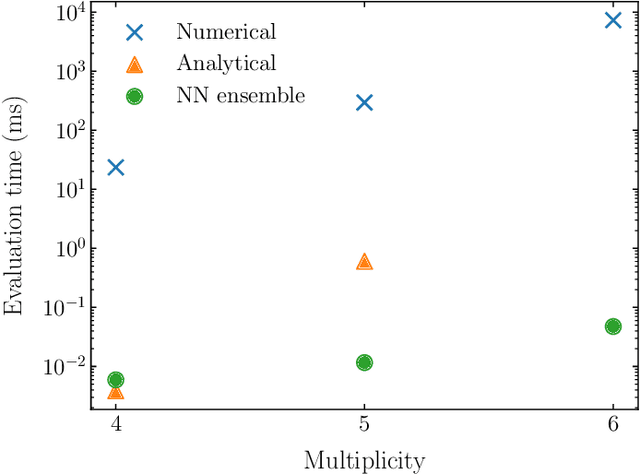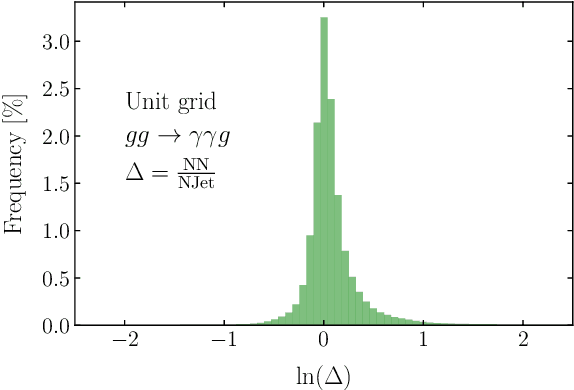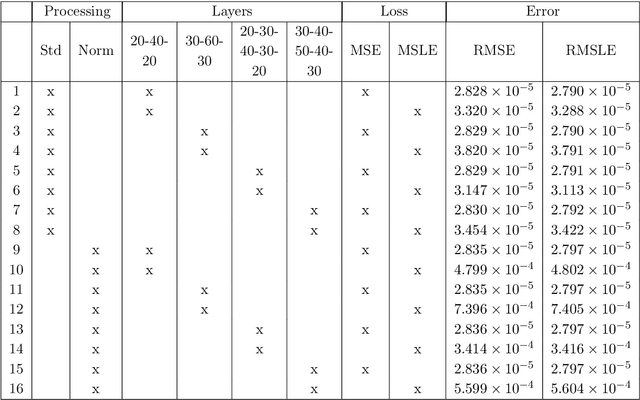Simon Badger
Optimising simulations for diphoton production at hadron colliders using amplitude neural networks
Jun 25, 2021



Abstract:Machine learning technology has the potential to dramatically optimise event generation and simulations. We continue to investigate the use of neural networks to approximate matrix elements for high-multiplicity scattering processes. We focus on the case of loop-induced diphoton production through gluon fusion and develop a realistic simulation method that can be applied to hadron collider observables. Neural networks are trained using the one-loop amplitudes implemented in the NJet C++ library and interfaced to the Sherpa Monte Carlo event generator where we perform a detailed study for $2\to3$ and $2\to4$ scattering problems. We also consider how the trained networks perform when varying the kinematic cuts effecting the phase space and the reliability of the neural network simulations.
 Add to Chrome
Add to Chrome Add to Firefox
Add to Firefox Add to Edge
Add to Edge